Straightening of Castings: Techniques, Challenges, and Best Practices
2024-11-21 14:11:57 hits:0
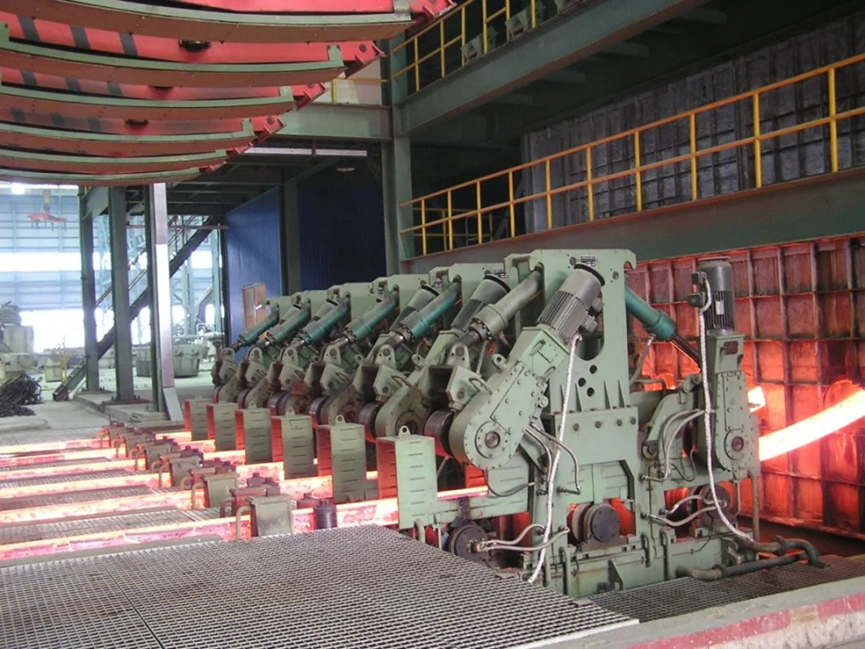
Castings
are essential components in various industries, from automotive to aerospace,
offering versatility and strength. However, during the casting process, issues
like thermal stresses, shrinkage, or improper cooling can lead to dimensional
distortions or warping. To ensure these components meet their design
specifications, a critical post-processing step known as straightening is often
necessary.
This blog explores the importance of straightening, the techniques used, challenges involved, and best practices for achieving accurate results.
Why Straightening is Necessary?
Casting deformations can arise from several
factors:
- Thermal Stress: Uneven cooling during
solidification can lead to warping.
- Material Shrinkage: Different sections of a casting may shrink at varying rates, causing distortions.
- Handling and Transportation: Improper handling can introduce bends or twists in castings.
Straightening is essential to:
- Restore the casting to its intended
dimensions and shape.
- Ensure proper functionality and fit in its final application.
- Maintain structural integrity by relieving
residual stresses.
Techniques for Straightening Castings
Straightening involves applying corrective forces to bring a warped or bent casting back to its original geometry. Depending on the material, size, and nature of the deformation, different techniques can be employed:
1.Manual Straightening
- Involves using tools like hammers, clamps, or levers to apply localized force.
- Best suited for small castings or minor deformations.
- Challenges: Requires skilled operators to avoid introducing new stresses or damaging the surface.
2.Mechanical Straightening
- Uses hydraulic or mechanical presses to exert controlled force on the casting.
- Ideal for large or complex components where uniform pressure is needed.
- Often used with fixtures or jigs to hold the casting in the desired position.
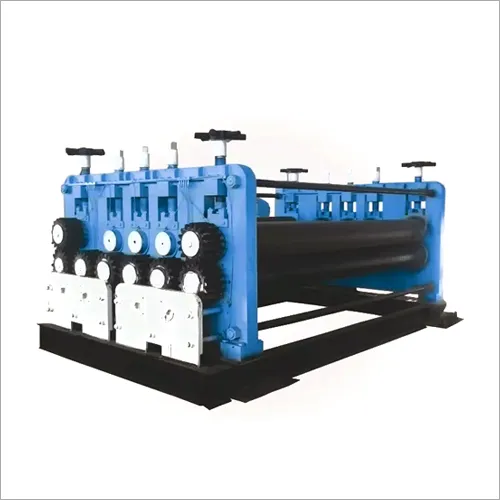
3.Thermal Straightening
Heat is applied to the casting to make it more pliable, followed by mechanical adjustment.
Methods include:
- Localized Heating: Targeted heating of specific areas to relieve stresses and allow reshaping.
- Overall Heating: Heating the entire casting in a furnace to achieve uniform plasticity.
Commonly used for ductile castings or those with significant deformations.
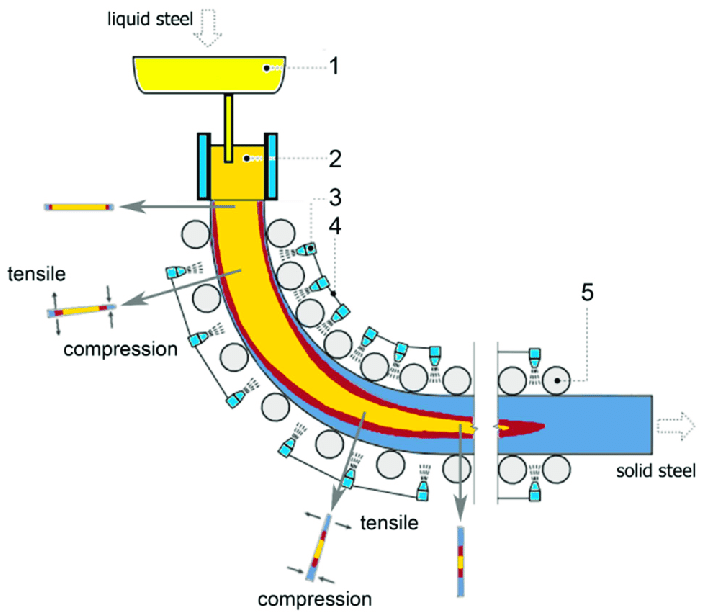
4.Straightening with Fixtures
- Specialized fixtures or jigs are
custom-made to hold the casting in its correct position during the process.
- Often used in combination with mechanical or thermal techniques for high-precision results.
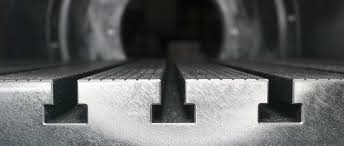
Now that we have discussed the need for and methods of straightening, let’s look at the challenges that may arise during the straightening process.
Challenges in Straightening Castings
1.Material Characteristics
- Cast irons, such as gray iron, are brittle and prone to cracking during straightening.
- Ductile iron, on the other hand, is more forgiving due to its higher tensile strength and flexibility.
2.Residual Stress
- Applying force without proper preparation can introduce new stresses, leading to future warping or failure.
3.Complex Geometries
- Castings with intricate designs are challenging to straighten without specialized tools or techniques.
4.Crack Propagation
- Improper force application can exacerbate microcracks or weaken the structural integrity of the casting.
Best Practices for Straightening Castings
To ensure effective and safe straightening, the following best practices are recommended:
1.Pre-Straightening Inspection
- Use tools like calipers, laser scanners, or gauges to assess the extent and location of deformation.
- Identify areas prone to stress concentrations.
2.Controlled Force Application
- Avoid sudden or excessive force that could cause damage or cracking.
- Opt for calibrated hydraulic presses for consistent and precise force application.
3.Preheat Brittle Materials
- For gray iron and alloyed castings, preheating reduces brittleness and minimizes the risk of cracks during adjustment.
4.Use Precision Fixtures
- Fixtures and jigs ensure uniform pressure distribution and improve accuracy during the straightening process.
5.Post-Straightening Testing
- Perform dimensional checks to ensure compliance with design tolerances.
- Conduct stress testing or non-destructive testing (NDT) to verify the structural integrity of the casting.
Applications of Straightened Castings
Straightening is vital in various industries where cast components must meet stringent quality standards:
- Automotive: Aligning engine blocks, cylinder heads, and suspension components.
- Aerospace: Correcting warping in turbine housings or structural parts for precision assembly.
- Industrial Machinery: Restoring alignment in heavy-duty equipment components like frames and housings.
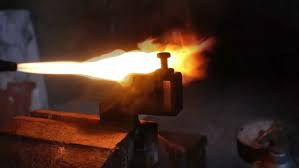
Straightening is a crucial post-casting step that ensures components meet their functional and dimensional requirements. By understanding the material properties, selecting the right technique, and following best practices, manufacturers can achieve accurate results while maintaining the structural integrity of their castings.
Investing in proper straightening methods not only enhances the quality and reliability of cast products but also reduces waste and rework, ensuring a more efficient and cost-effective production process.
For more information or assistance with your casting requirements, feel free to reach out to experts in the field.
Previous: How to Choose the Right Pig Iron for a Foundry?
Next: What is foundry work?

 en
en  fra
fra  de
de  ru
ru  gle
gle  th
th  ara
ara  it
it  jp
jp  kor
kor  zh
zh 


